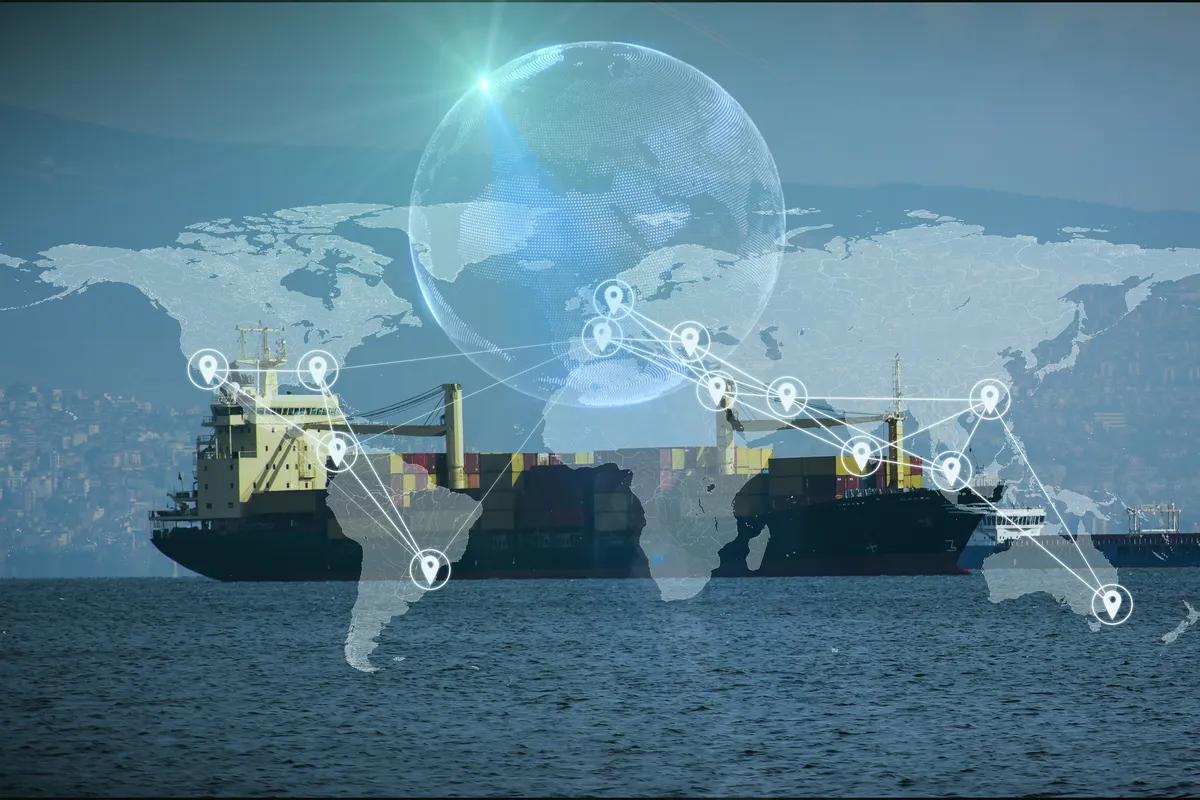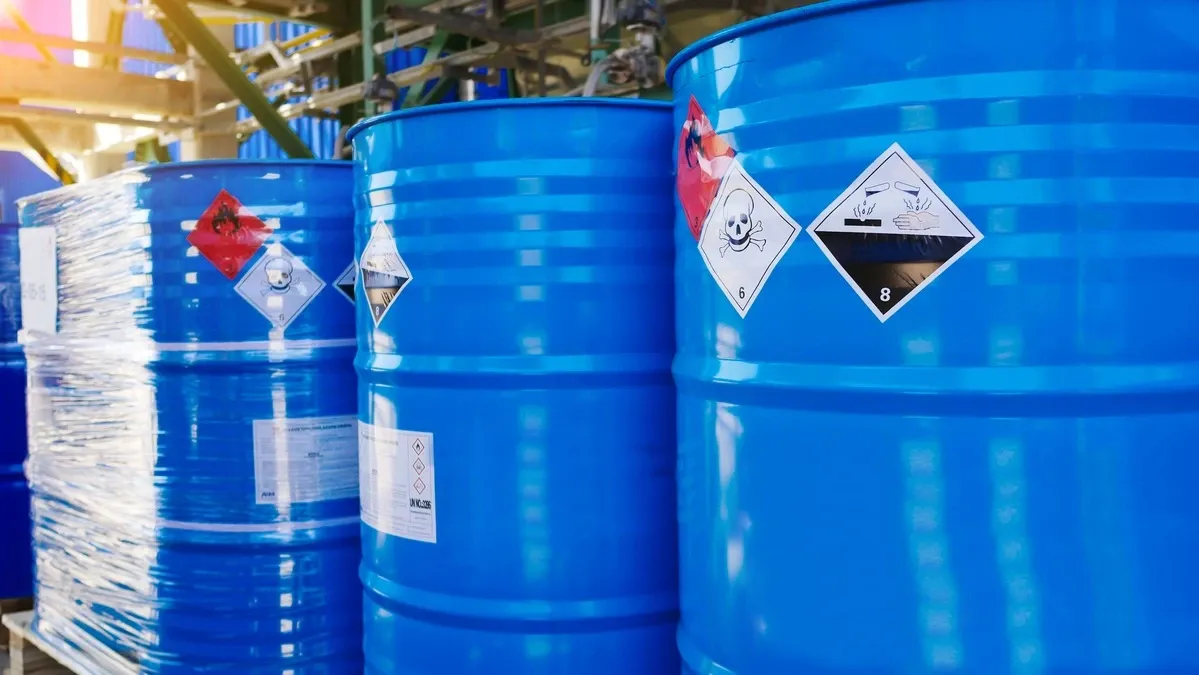The European Parliament and the Council of the European Union have adopted Regulation (EU) 2023/1805 on the use of renewable and low-carbon fuels in maritime transport, and amending Directive 2009/16/EC.
This Regulation was adopted on 13 September 2023 and will become effective on 12 October 2023.
This Regulation lays down uniform rules imposing:
- (a) a limit on the greenhouse gas (GHG) intensity of energy used on board by a ship arriving at, staying within or departing from ports under the jurisdiction of a Member State; and
- (b) an obligation to use on-shore power supply (OPS) or zero-emission technology in ports under the jurisdiction of a Member State.
Its objective in doing so is to increase consistent use of renewable and low-carbon fuels and substitute sources of energy in maritime transport across the Union, in line with the objective of reaching Union-wide climate neutrality at the latest by 2050, while ensuring the smooth operation of maritime transport, creating regulatory certainty for the uptake of renewable and low-carbon fuels and sustainable technologies and avoiding distortions in the internal market.
Scope
This Regulation applies to all ships of above 5,000 gross tonnage that serve the purpose of transporting passengers or cargo for commercial purposes, regardless of their flag, in respect of:
- (a) the energy used during their stay within a port of call under the jurisdiction of a Member State;
- (b) the entirety of the energy used on voyages from a port of call under the jurisdiction of a Member State to a port of call under the jurisdiction of a Member State;
- (c) notwithstanding point (b), one half of the energy used on voyages arriving at or departing from a port of call located in an outermost region under the jurisdiction of a Member State; and
- (d) one half of the energy used on voyages arriving at or departing from a port of call under the jurisdiction of a Member State, where the previous or the next port of call is under the jurisdiction of a third country.
By 31 December 2025, the Commission shall adopt implementing acts establishing a list of neighbouring container transhipment ports.
The Commission shall update that list by 31 December every two years thereafter.
The implementing acts referred to in the first subparagraph shall list a port as a neighbouring container transhipment port where the share of transhipment of containers, measured in 20-foot equivalent units, exceeds 65% of the total container traffic of that port during the most recent 12-month period for which relevant data are available and where that port is located outside the Union but less than 300 nautical miles from a port under the jurisdiction of a Member State.
For the purpose of those implementing acts, containers shall be considered to be transhipped when they are unloaded from a ship to a port for the sole purpose of being loaded onto another ship.
The list of neighbouring container transhipment ports established by the Commission shall not include ports located in a third country for which that third country effectively applies measures equivalent to this Regulation.
The implementing acts referred to in the first subparagraph shall be adopted in accordance with the examination procedure referred to in Article 29(3).
Member States may exempt from the application of paragraph 1, points (a) and (b) specific routes and ports in respect of the energy used on voyages performed by passenger ships other than cruise passenger ships between a port of call under the jurisdiction of a Member State and a port of call under the jurisdiction of the same Member State located on an island with fewer than 200,000 permanent residents, and in respect of the energy used during their stay within a port of call of that island.
No such exemptions shall apply beyond 31 December 2029.
Prior to the entry into force of those exemptions, Member States shall notify them to the Commission.
The Commission shall publish those exemptions in the Official Journal of the European Union.
Member States may exempt from the application of paragraph 1, points (a) and (c) specific routes and ports in respect of the energy used by ships on voyages between a port of call located in an outermost region and another port of call located in an outermost region, and in respect of the energy used during their stay within the ports of call of those outermost regions.
No such exemptions shall apply beyond 31 December 2029.
Prior to the entry into force of those exemptions, Member States shall notify them to the Commission.
The Commission shall publish those exemptions in the Official Journal of the European Union.
Member States that do not share a land border with any other Member State may exempt from the application of paragraph 1 passenger ships performing transnational voyages under public service obligations or public service contracts to the ports of call of other Member States.
No such exemptions shall apply beyond 31 December 2029.
Prior to the entry into force of those exemptions, Member States shall notify them to the Commission.
The Commission shall publish those exemptions in the Official Journal of the European Union.
Member States may exempt from the application of paragraph 1 passenger ships providing maritime transport services within the meaning of Regulation (EEC) No 3577/92 under public service obligations or public service contracts, operating before 12 October 2023, for the specific routes between their mainland ports of call and ports of call under their jurisdiction located on an island or the cities of Ceuta and Melilla.
No such exemptions shall apply beyond 31 December 2029.
Prior to the entry into force of those exemptions, Member States shall notify them to the Commission.
The Commission shall publish those exemptions in the Official Journal of the European Union.
For the purposes of the application of this paragraph, the cities of Ceuta and Melilla shall be considered as ports of call located on an island.
This Regulation does not apply to warships, naval auxiliaries, fish-catching or fish-processing ships, wooden ships of a primitive build, ships not propelled by mechanical means, or ships owned or operated by a government and used only for non-commercial purposes.
GHG intensity limit on energy used on board by a ship
The yearly average GHG intensity of the energy used on board by a ship during a reporting period shall not exceed the limit set out in the paragraph below.
The limit referred to in paragraph above shall be calculated by reducing the reference value of 91,16 grams of CO2 equivalent per MJ by the following percentage:
— 2 % from 1 January 2025;
— 6 % from 1 January 2030;
— 14,5 % from 1 January 2035;
— 31 % from 1 January 2040;
— 62 % from 1 January 2045;
— 80 % from 1 January 2050.
The GHG intensity of the energy used on board by a ship shall be calculated as the amount of GHG emissions per unit of energy in accordance with the methodology set out in Annex I.
The Commission is empowered to adopt delegated acts in accordance with Article 28 to amend Annex II in order to include the well-to-wake emission factors related to any new sources of energy or to adapt the existing emission factors to ensure consistency with future international standards or Union legal acts in the field of energy, in accordance with the best available scientific and technical knowledge.
For more information, please see the document below (available only to subscribers):
REGULATION (EU) 2023/1805 OF THE EUROPEAN PARLIAMENT AND OF THE COUNCIL

Sign up for our newsletter
Your most up-to-date maritime regulations news
It's free. No spam. Cancel anytime.










Related News
IMO's 2020 report on marine waste dumping permits under the London Convention and Protocol
Jul 25, 2024
BV GREEN PASSPORT: Regulatory framework for hazardous materials management
Jul 23, 2024
Preparations for the Fifth IMO GHG Study: Framework, Scope, and Strategic Direction
Jul 17, 2024